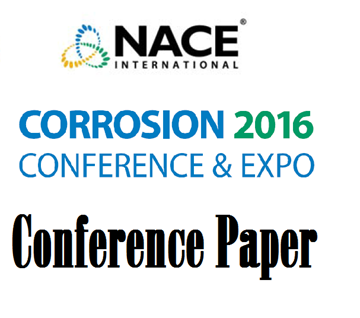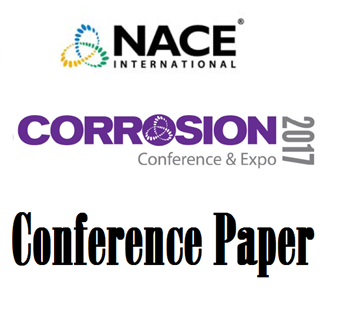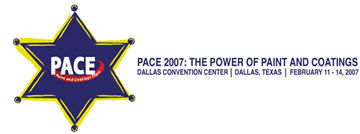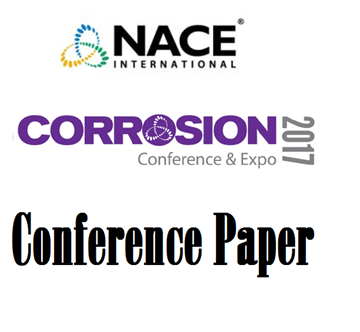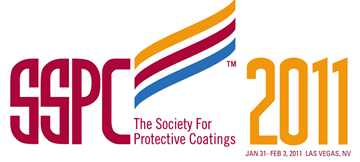Search
Conference Papers
View as
Sort by
Display
per page
Root Cause Analysis of a 30-inch Water Concrete Reinforced Pipe Rupture
Product Number:
51319-13060-SG
Publication Date:
2019
$20.00
Root Cause and Forward Thinking Decisions
Product Number:
41215-928-SG
Publication Date:
2015
$20.00
Rotational Lining System and Use of High-Performance Thermoplastics
Product Number:
MPWT19-15307
Publication Date:
2019
$0.00
Round-Robin Evaluation Of ISO 20340 Annex A Test Method
Product Number:
51316-6991-SG
ISBN:
6991 2016 CP
Publication Date:
2016
$20.00
Route to optimize temporary seal for downhole dissolvable magnesium plug application in HT: Failure analysis and learnings
Product Number:
51323-18889-SG
$20.00
Rules of Removal: Chemical Paint Stripping and Historic Masonry
Product Number:
41214-839-SG
Publication Date:
2014
$20.00
Rust Creepage Mechanism for Offshore Atmospheric Coatings
Product Number:
51323-18754-SG
Publication Date:
2023
$20.00
Sacrificial Anodes for Reinforced Concrete Structures: A Review
Product Number:
51317--9078-SG
ISBN:
9078 2017 CP
Publication Date:
2017
$20.00
Safe Handling and Application of Spray Applied Polymeric Thick Film Coatings – What Contractors and Applicators Should Know
Product Number:
41207-316-SG
Publication Date:
2007
$20.00
Safe Processing of Naphthenic Acid Opportunity Crudes Using Chemical Inhibition and Online Monitoring
Product Number:
51317--9067-SG
ISBN:
9067 2017 CP
Publication Date:
2017
$20.00
Safety Considerations for Suspended Scaffold Access: Three Key Considerations when you are Developing Your Access Safety Plan
Product Number:
41211-641-SG
Publication Date:
2011
$20.00






